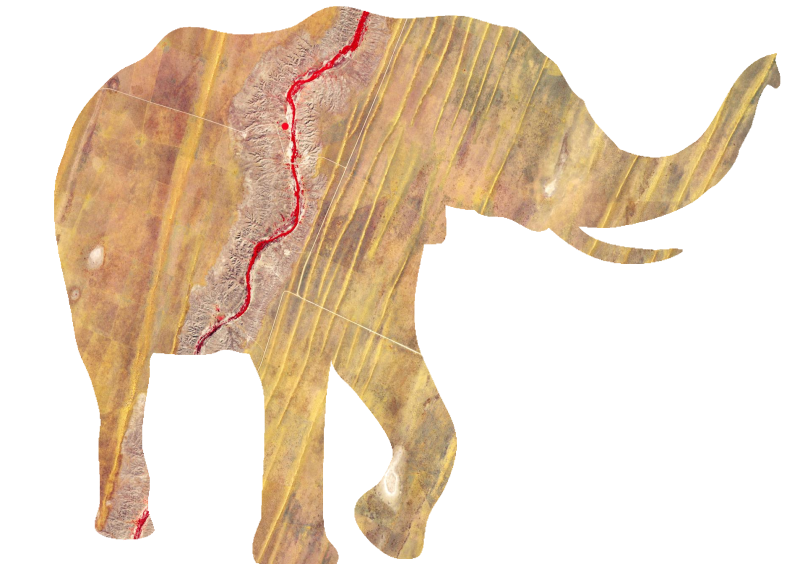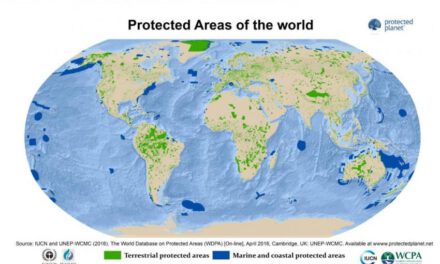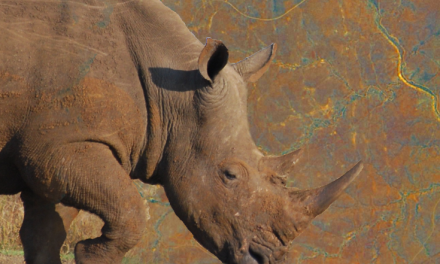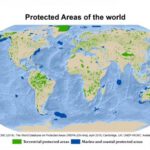ESA Call for Bids on GlobDiversity
for the development of remotely-sensed Essential Biodiversity Variables (RS-EBVs) on terrestrial ecosystems

The European Space Agency has issued on the 29th July 2016 an invitation to tender for the GlobDiversity project, with an earmarked budget of 750,000 EUR and a deadline for proposal submission fixed on the 30th September 2016.
GlobDiversity will conduct a set of engineering activities for the definition, specification, benchmarking, prototyping, validation, scaling up and utility demonstration of High Resolution Remotely-Sensed Essential Biodiversity Variables (RS-EBVs) on the structure and function of terrestrial ecosystems, in support to the collaborative efforts of the CBD, IPBES and GEO BON to build a comprehensive and global knowledge of the state of and changes to the biological diversity of terrestrial ecosystems and the services they provide to society.
The project shall have the primary objective to:
-
define and fully specify a number (at least 3) of well-selected terrestrial RS-EBVs that can be retrieved globally and regularly from satellite remote sensing observations;
-
develop the methodological and algorithmic approaches for the retrieval of the selected RS-EBVs;
-
verify and validate (through benchmarking and prototyping activities) the adequacy of algorithmic approaches on a number of pilot sites (at least 10) that are representative of a number of major terrestrial biomes (at least 4);
-
showcase their utility in a number of biodiversity/conservation use case studies (at least 4), through their integration into user-specific ecological modelling.
-
demonstrate the possibility for wide-scale deployment, by testing the scaling up capabilities of algorithmic approaches with cloud or high computing systems (using shared large processing and storage resources) over wide geographical areas (at least 1).
A second objective of the project is to define, through literature surveys and theoretical analyses, the complete portfolio of RS-EBVs on the structure and function of terrestrial ecosystems.
The project will produce some RS-EBV strategic and technical documentation, supported by demonstration products on key terrestrial biomes, which will serve as reference baselines for the overall development of remotely-sensed EBVs.
The primary source of Earth Observation satellite data shall come from High Resolution (HR) satellite missions (in the range of 10m to 30m spatial resolution) that have free and open data policies and long-term observation continuity. Priority shall be given to the Sentinel 1 and Sentinel 2 missions of the European Copernicus Program and to the Landsat 8 satellite of the US National Land Imaging Programme, both part of sustainable Earth Observation programmes that will secure the continuous and systematic collection of high-resolution remote sensing data over entire Earth land masses beyond 2030. The project shall also address scale-dependencies of the essential biodiversity variables and determine the appropriate spatial and temporal scale(s) of all RS-EBVs studied during the project
The study logic of the project shall be organised in two separate phases of maximum 14 months each, with a first phase (year 2017) dedicated to the engineering of the RS-EBV observation requirements, supported by some requirements and algorithms trade-off analyses and by some product benchmarking activities, and a second phase (year 2018) dedicated to the algorithm development for a number of RS-EBVs, supported by some product demonstration and validation on representative terrestrial biomes and by practical utility assessment for biodiversity conservation.
The project is organized in close cooperation with the GEO BON secretariat and is aligned with the EBV conceptual framework defined by GEO-BON.
The project is funded by the Data User Element (DUE) of the 4th period of the Earth Observation Envelope Programme (EOEP-4), an optional programme of the European Space Agency. Participation is restricted to economic operators which have their registered offices in one of the following ESA Participating States: Austria, Belgium, the Czech Republic, Denmark, Estonia, Finland, France, Germany, Ireland, Italy, Luxembourg, the Netherlands, Norway, Poland, Portugal, Romania, Spain, Sweden, Switzerland, United Kingdom, and Canada.
Information on the GlobDiversity Call for Bids is available on the ESA Invitation To Tender System (EMITS) under the Announcement of Opportunity
AO 8695, reference number 15.155.22:









